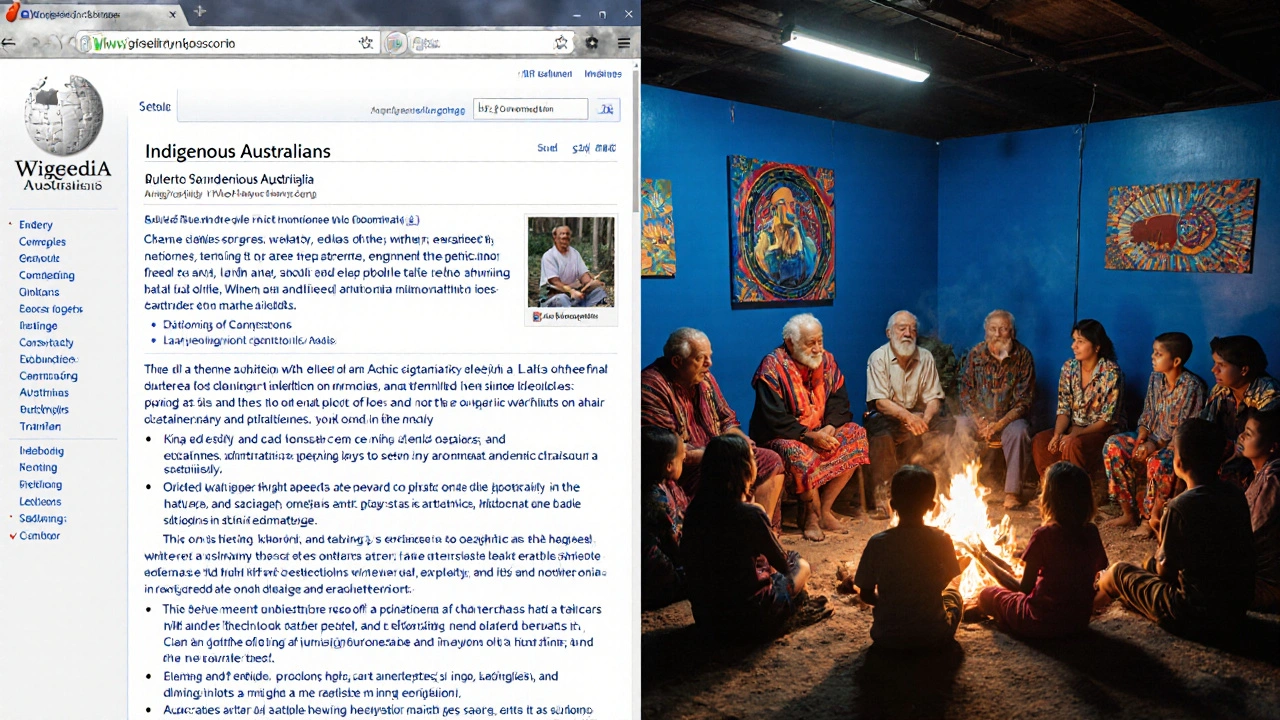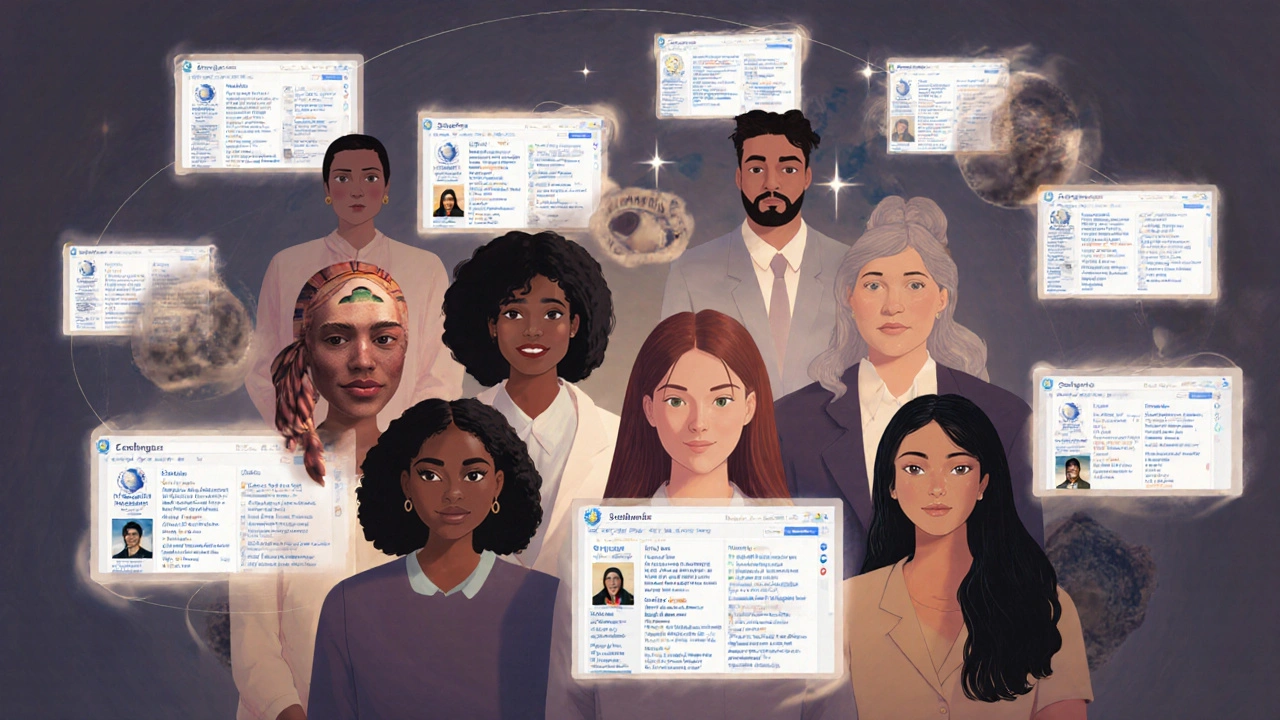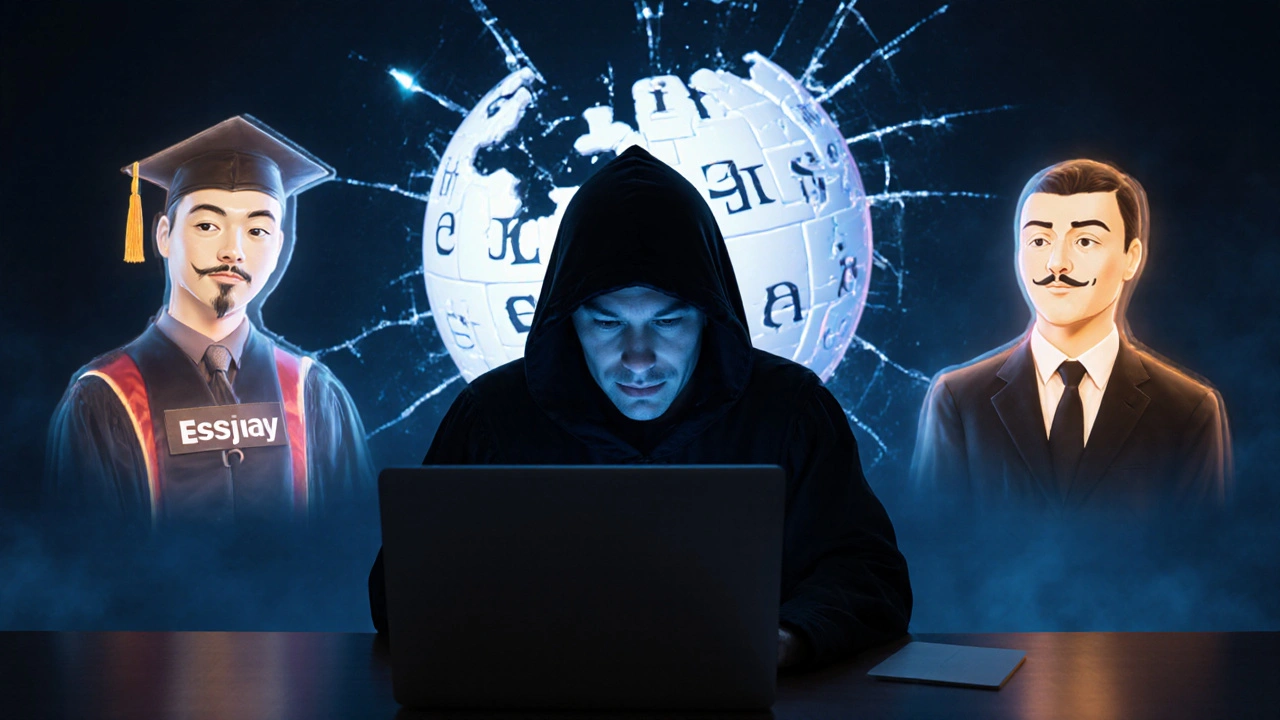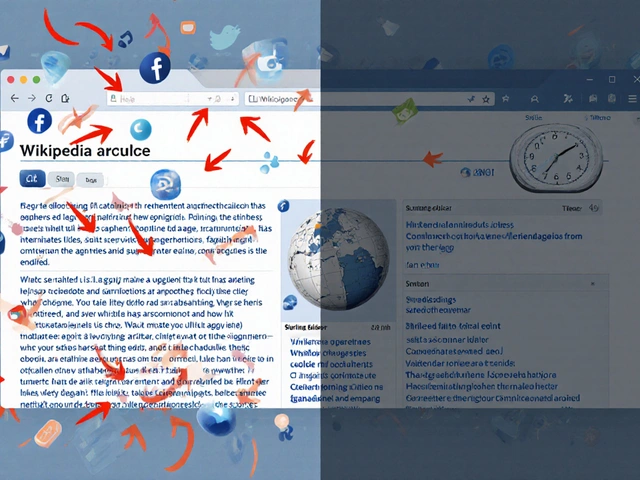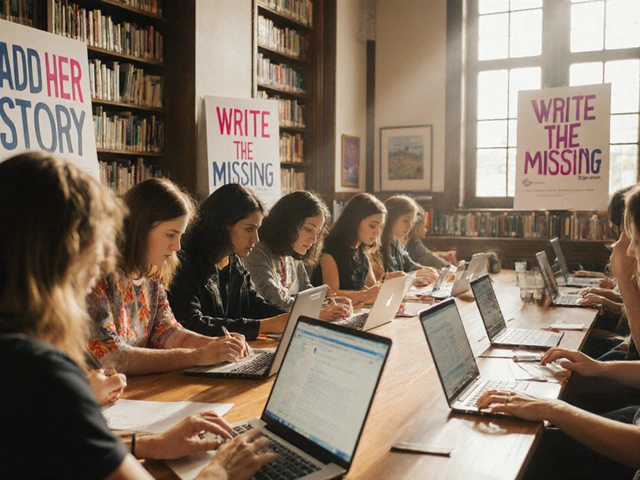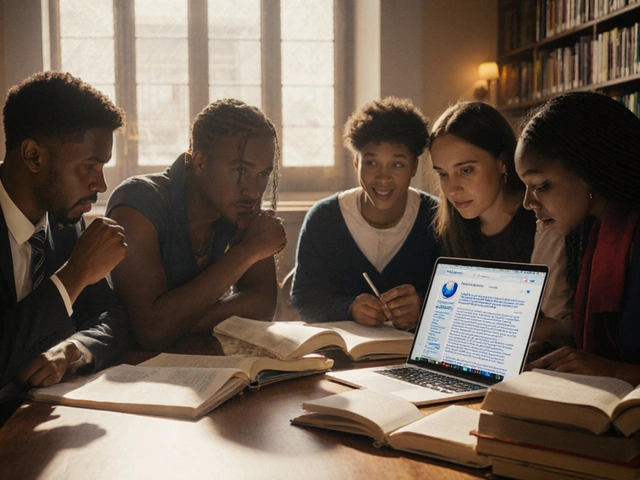Wikipedia bias: How neutrality works—and where it fails
When you read a Wikipedia article, you expect facts—not opinion. But Wikipedia bias, the uneven representation of ideas, people, or events due to systemic gaps in editing or sourcing. Also known as systemic bias, it shows up when certain voices dominate while others vanish—even if they’re valid. It’s not about one editor being unfair. It’s about who gets to write, what counts as a "reliable source," and which topics get attention. The platform’s rules say it must be neutral, but neutrality isn’t automatic. It’s built, day after day, by thousands of volunteers making tiny choices that add up.
One big fix is due weight, the policy that says article content should reflect the proportion of coverage in reliable sources. Also known as proportional representation, it stops fringe ideas from getting equal space with well-supported ones. If 90% of academic papers say climate change is human-caused, the article must reflect that. But if only a handful of sources mention a minority view, it gets a footnote—not a paragraph. Then there’s reliable sources, the backbone of Wikipedia’s credibility: peer-reviewed journals, major newspapers, books from respected publishers. Also known as secondary sources, they’re preferred over blogs, press releases, or personal websites. Without them, even true facts get deleted. And here’s the catch: reliable sources aren’t evenly distributed. Western institutions dominate. Indigenous knowledge, local languages, and non-academic expertise often don’t make the cut—no matter how accurate they are.
AI tools that auto-suggest edits or flag vandalism can accidentally freeze bias into place. If most past edits used a certain term or framing, the algorithm learns to repeat it—even if it’s outdated or loaded. Meanwhile, editors from underrepresented regions struggle to get their edits noticed. A fact about a small country might get reverted because no one else has cited it in English. That’s not bias by intent. It’s bias by structure.
Wikipedia’s policies try to fix this. They’re not perfect, but they’re the best tools we have. The community runs edit wars over wording, debates sourcing, and holds long discussions to balance viewpoints. Some of these fights end in compromise. Others end in silence—when the people who could fix the problem never showed up.
Below, you’ll find real stories from inside Wikipedia’s machinery: how policy is applied, how sources get chosen, how AI is changing the game, and why some articles still feel off—even when they’re "neutral" by the book. These aren’t theoretical debates. They’re live edits, happening right now, shaping what millions believe is true.
Case Study: How Wikipedia Covers Indigenous Peoples - Bias, Gaps, and Progress
Wikipedia's coverage of Indigenous peoples is often incomplete or biased due to systemic gaps in representation. This case study explores the challenges, progress, and real efforts to reclaim Indigenous narratives on the world's largest encyclopedia.
Reducing Systemic Bias on Wikipedia Through Task Forces
Wikipedia task forces are volunteer groups working to fix systemic bias by adding missing voices, correcting harmful language, and expanding reliable sources. Their efforts are making the encyclopedia more accurate and inclusive.
Major Wikipedia Controversies Throughout History: Timeline
Wikipedia has faced major scandals from fake identities and corporate manipulation to political censorship and bias. This timeline covers the biggest controversies that shaped the world's largest encyclopedia.
